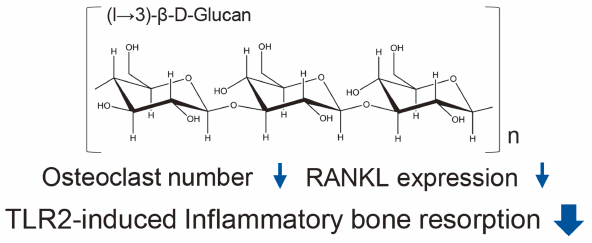- J-STAGE home
- /
- Biological and Pharmaceutical ...
- /
- Volume 41 (2018) Issue 8
- /
- Article overview
-
Maki Aizawa
Cooperative Major of Advanced Health Science, Tokyo University of Agriculture and Technology
-
Kenta Watanabe
Institute of Global Innovation Research, Tokyo University of Agriculture and Technology
-
Tsukasa Tominari
Department of Biotechnology and Life Science, Tokyo University of Agriculture and Technology
-
Chiho Matsumoto
Department of Biotechnology and Life Science, Tokyo University of Agriculture and Technology
-
Michiko Hirata
Department of Biotechnology and Life Science, Tokyo University of Agriculture and Technology
-
Florian M. W. Grundler
Institute of Global Innovation Research, Tokyo University of Agriculture and Technology Institute of Crop Science and Resource Conservation, University of Bonn
-
Masaki Inada
Cooperative Major of Advanced Health Science, Tokyo University of Agriculture and Technology Institute of Global Innovation Research, Tokyo University of Agriculture and Technology Department of Biotechnology and Life Science, Tokyo University of Agriculture and Technology
-
Chisato Miyaura
Corresponding author
Cooperative Major of Advanced Health Science, Tokyo University of Agriculture and Technology Institute of Global Innovation Research, Tokyo University of Agriculture and Technology Department of Biotechnology and Life Science, Tokyo University of Agriculture and Technology
2018 Volume 41 Issue 8 Pages 1282-1285
- Published: August 01, 2018 Received: January 26, 2018 Released on J-STAGE: August 01, 2018 Accepted: May 16, 2018 Advance online publication: - Revised: -
(compatible with EndNote, Reference Manager, ProCite, RefWorks)
(compatible with BibDesk, LaTeX)


